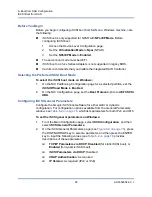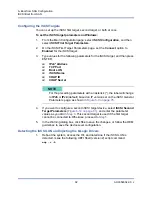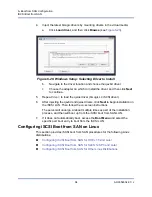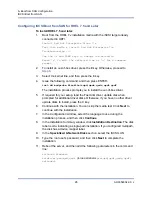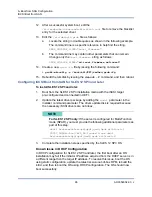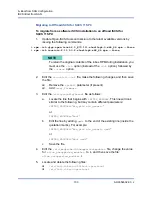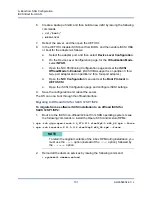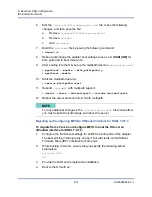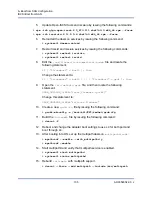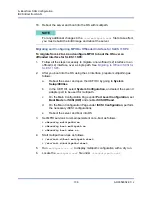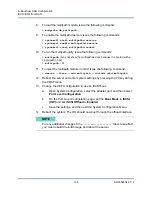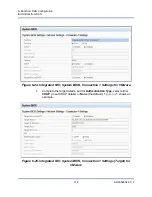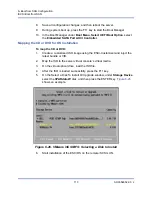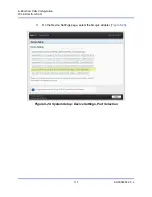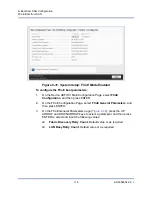
6–Boot from SAN Configuration
iSCSI Boot from SAN
104
AH0054602-00 J
6.
Edit the
/boot/efi/EFI/redhat/grub.conf
file, make the following,
changes, and then save the file:
a.
Remove
ifname=eth5:14:02:ec:ce:dc:6d
.
b.
Remove
ip=ibft
.
c.
Add
selinux=0
.
7.
Build the
initramfs
file by issuing the following command:
#
dracut –f
8.
Reboot and change the adapter boot settings to use L4 or
iSCSI (HW)
for
both ports and to boot through L4.
9.
After booting into the OS, set up the multipath daemon
multipathd.conf
:
#
mpathconf --enable --with_multipathd y
#
mpathconf –enable
10. Start the multipathd service:
#
service multipathd start
11.
Rebuild
initramfs
with multipath support.
#
dracut --force --add multipath --include /etc/multipath
12. Reboot the server and boot into OS with multipath.
Migrating and Configuring MPIO to Offloaded Interface for RHEL 7.2/7.3
To migrate from L2 to L4 and configure MPIO to boot the OS over an
offloaded interface for RHEL 7.2/7.3:
1.
Configure the iSCSI boot settings for L2 BFS on both ports of the adapter.
The boot will log in through only one port, but will create an iSCSI Boot
Firmware Table (iBFT) interface for both ports.
2.
While booting to the CD, ensure that you specify the following kernel
parameters:
rd.iscsi.ibft
dd
3.
Provide the DUD and complete the installation.
4.
Boot to the OS with L2.
NOTE
\
For any additional changes in the
/etc/multipath.conf
file to take effect,
you must rebuild the initrd image and reboot the server.

